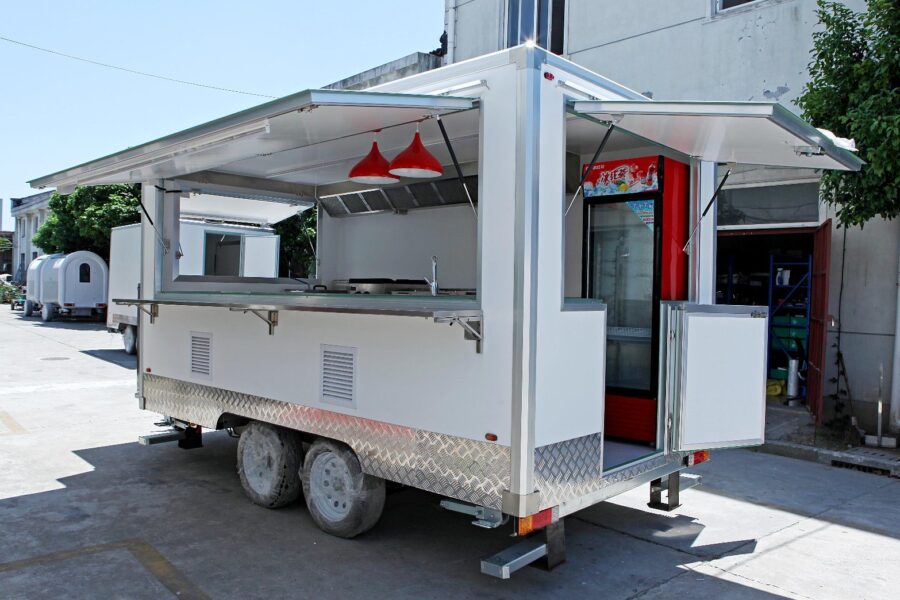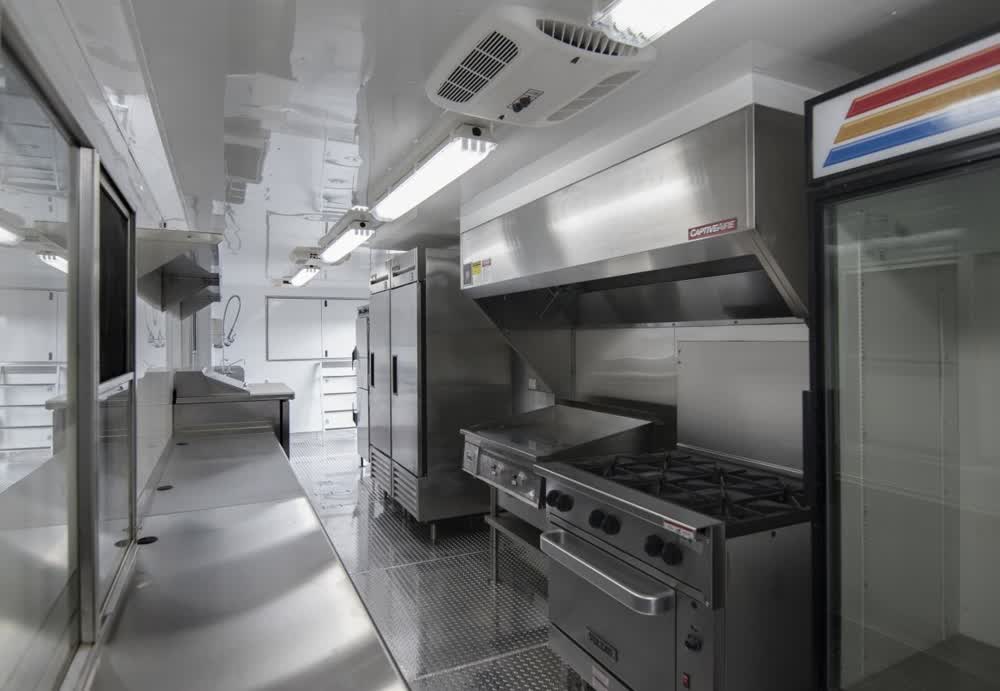In recent years, a new phenomenon has emerged in the food industry that is revolutionizing the way people eat and order food. Cloud kitchens, also known as ghost kitchens, virtual kitchens, or dark kitchens, have disrupted the traditional brick-and-mortar restaurant model and are reshaping the food delivery landscape. These innovative establishments are changing the way food is prepared, delivered, and consumed, providing a host of benefits for both consumers and restaurant operators.

So, what exactly are cloud kitchens? Unlike traditional restaurants, cloud kitchens are purpose-built commercial spaces that exist solely for the preparation and delivery of food. They are typically located in industrial areas or low-rent neighborhoods, away from expensive commercial real estate. These kitchens operate without dine-in facilities, seating, or customer-facing staff. Instead, they focus solely on cooking and packaging food for delivery.
The concept of cloud kitchens was born out of the growing demand for food delivery services and the challenges faced by traditional restaurants. With the rise of third-party delivery platforms such as Uber Eats, DoorDash, and Deliveroo, consumers now have easy access to a wide variety of cuisines and menu options. However, traditional restaurants struggle to keep up with the rising costs of rent, utilities, and labor, which often make it difficult to sustain a profitable business.
Cloud kitchens provide a cost-effective solution to these challenges. By eliminating the need for expensive storefronts and dining areas, operators can significantly reduce their overhead costs. This allows them to invest more in high-quality ingredients, streamline their operations, and offer competitive pricing to consumers. Additionally, cloud kitchens benefit from economies of scale, as multiple virtual restaurant brands can operate out of the same space, maximizing efficiency and profitability.
Another advantage of cloud kitchens is their ability to adapt and experiment with different food concepts. Since these establishments focus solely on delivery, they have the flexibility to cater to specific niches or cuisines that might not be viable in a traditional restaurant setting. This means that consumers have access to a wider range of food options, from specialty cuisines to unique fusion dishes. Cloud kitchens can quickly test new concepts, gather customer feedback, and make adjustments without the need for major investments or rebranding.
Furthermore, cloud kitchens are at the forefront of leveraging technology to enhance the food delivery experience. From order management systems to automated cooking equipment, these kitchens are equipped with state-of-the-art technology to streamline operations and improve efficiency. Many cloud kitchen operators also leverage data analytics to optimize their menus, track customer preferences, and make data-driven decisions to improve their offerings continuously.
The convenience and speed of cloud kitchens have made them particularly popular among urban dwellers and busy professionals. In today’s fast-paced world, people value convenience and time-saving solutions. Cloud kitchens provide just that – the ability to order a meal with a few taps on a smartphone and have it delivered to their doorstep within minutes. This convenience factor has contributed to the exponential growth of the food delivery industry and the success of cloud kitchen models.

Cloud kitchens have also opened up opportunities for aspiring entrepreneurs and chefs. With lower entry barriers and reduced operational costs, individuals can now launch their own virtual restaurant brands without the need for a physical storefront. This has democratized the food industry and allowed talented chefs and cooks to showcase their culinary skills and creativity to a broader audience. Cloud kitchens provide a platform for culinary innovation and entrepreneurship, fostering a vibrant and diverse food ecosystem.
However, like any disruptive innovation, cloud kitchens also face challenges. One of the key concerns is maintaining quality control and ensuring food safety standards. With multiple virtual brands operating out of the same space, it becomes crucial for cloud kitchen operators to implement robust processes and systems to ensure consistent quality across all their offerings.
Learn more at Wiki as well.
